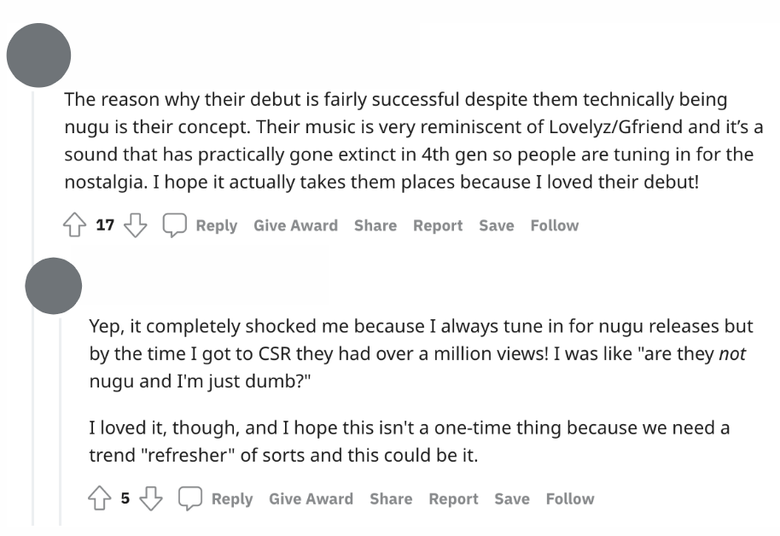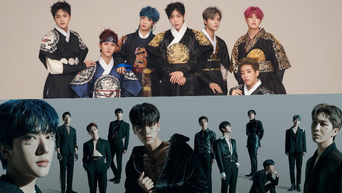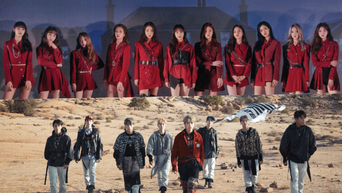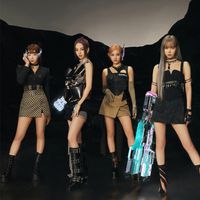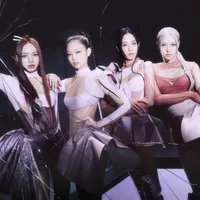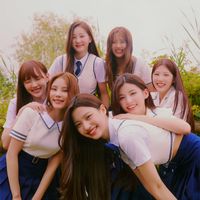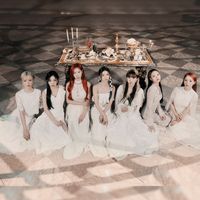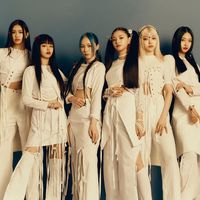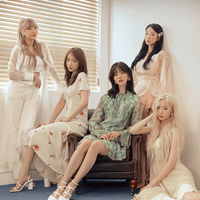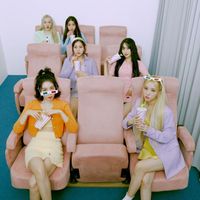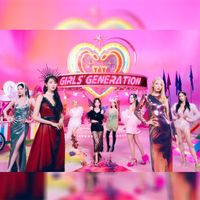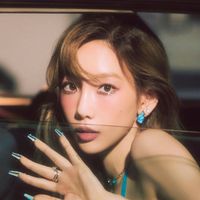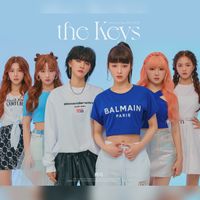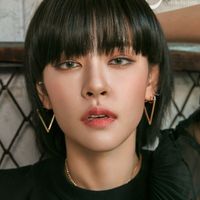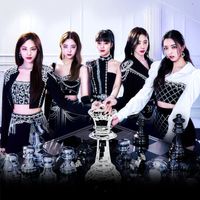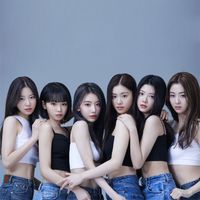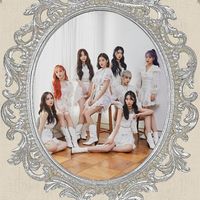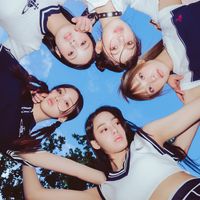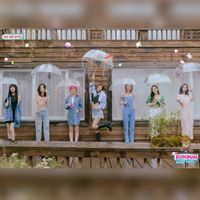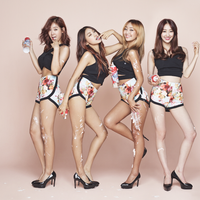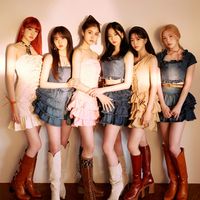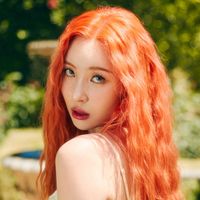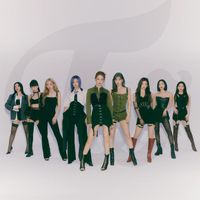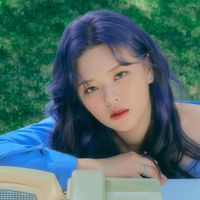These concepts span from simplistic cute or girl crush concepts to intricate high-tech concepts interwoven into alternate universes, and much more. Girl groups, in particular, have shown an interesting evolution when it comes to concepts. The concept trends that were prominent when K-Pop began have evolved or faded out giving way to a new conceptual landscape. Let’s take a look at the evolution of K-Pop girl group concepts over the years.
What is a K-Pop concept?
If you are just entering the K-Pop community, you might be new to certain terms such as a ‘concept’. Whilst the word ‘concept’ is not vocabulary that is unique to K-Pop, you might be wondering which K-Pop elements apply to it. A ‘K-Pop concept’ is a central theme that K-Pop artists use to either establish their identity or music style. Whilst some groups or soloists use a single concept throughout their careers, others change their concept after every or every other comeback. Concepts essentially set a mood or tell a story that can help you associate the artist with something specific. It is a tool useful in creating memorable music and thus a vital K-Pop marketing tool. K-Pop concepts include many aspects such as aesthetics, narrative, music video/stage settings, musical sound, clothing style, etc. You can even notice the difference in concepts through hairstyles. For example, a girl group performing a cute concept is more likely to wear pigtails or a braid than a girl group performing a girl crush concept. In fact, girl groups performing girl crush concepts might opt for slicked-back or short edgy hairstyles. Not to say that these styling elements are exclusive to a specific concept. The beauty of K-Pop concepts is their fluidity and ability to blend. This does not always apply to all of the members, however. Even if a group has an overall concept, K-Pop companies might have a member or two who are styled differently and can appeal to a different demographic, or might simply take that member’s personal preferences into account leading to a concept of their own. For example, female K-Pop idols known for being the girl crush in their groups despite the group or other members having an overall specific concept include TWICE’s JeongYeon and GWSN’s Miya.
The K-Pop girl group concept spectrum
There is an assumption in K-Pop that girl group concepts range on a spectrum from cute to girl crush with variations in between. Whilst this is a fair observation, as a majority of girl groups do fall along that conceptual line, it is important to consider that the range of the spectrum is ever-evolving. If you look at the first and second generations of K-Pop girl groups, their concepts were not as diverse as they have become now. With each girl group that debuts and tries a new or refreshed version of an existing concept, the spectrum grows.
Types of girl group concepts common in K-Pop and their popularity
Cute and innocent concepts
Cute concepts can be identified by brightness and/or vibrance in all aspects. The color palettes used in content or on stage would usually include bright or pastel colors psychologically associated with happy feelings (e.g. white, pink, orange, yellow, etc.). You will also get cute and happy nuances from the style of music, which is usually lighthearted and upbeat. Naturally, aegyo is also a common piece of these choreographies. For example, TWICE’s ‘Cheer Up’ and ‘TT’ are some of the most noteworthy examples of cute concepts. OH MY GIRL is a group that falls into this overall concept. Although the group may branch out from time to time and try different concepts, an overall look at their career will classify them as a cute girl group. This concept often goes hand in hand with the innocent or ‘girl next door’ concept which is quite similar. The ‘girl next door’ concept is also all about portraying a certain image that presents playful and approachable members. However, it sets itself apart by placing importance on the purity of a group and its members. The innocent concept can be characterized by a gentler beat/rhythm in the songs and the use of almost purely pastel colors and a lot of white tones. Girl groups that use the cute and ‘girl next door’ concepts are often known to have above-average male fanbases compared to other groups. This is due to their appeal as ‘girlfriend material’ as a result of their image. Of course, it is not to say that these groups don’t appeal to large female fanbases, however, it is true that in the early stages of K-Pop, boy groups were marketed to appeal mostly to women and girl groups were marketed to appeal mostly to men. ‘Girlfriend material’ is the belief that someone would make a good girlfriend based on one’s personal ideologies and beliefs. It is a subjective term that reflects one’s own opinion. Girls’ Generation rose to fame due to their ‘girl next door’ image and are known to be one of the groups that have a huge male following compared to their counterparts. The innocent image gave them extra leverage as ‘girlfriend material’ that appealed to their audience at the time. Another group that is synonymous with the innocent concept is the former group GFriend, particularly in their earlier years as a group.
Sexy Concept
On the opposite side of the spectrum, one of the most prominent concepts is the sexy concept. Sensuality and bodycon or tight-fitting clothes that are more revealing are commonly emphasized in this concept’s styling. It is most distinguishable through choreography and lyrics, and the concept is all about accentuating the group members’ charm. Girl groups such as EXID and SISTAR are well-known for rocking this concept. The entirety of this concept is not as common these days among mainstream K-Pop groups but traces of the concept can be found in music videos through choreography, outfits, and more. For example, LE SSERAFIM debuted with a chic and trendy concept that featured many aspects that had elements of a sexy concept. However, as seen in their case, aspects of this concept often come with debate from netizens about levels of appropriateness, especially depending on the members of the group.
Girl crush and dark concepts
The girl crush concept became prominent in the 2nd generation of K-Pop and has been carried out strongly throughout the 3rd and 4th generations. In contrast to the cute and innocent concepts, this concept boasts darker palettes including red, black, metallics, and darker shades of colors like pink and purple. With bolder makeup, fashion choices, and hairstyling, the members show off their strong impressions. Some of the most iconic groups with girl crush concepts include 2NE1 and BLACKPINK. You get a strong sense of female empowerment from their look and music. The girl crush concept is famous for its feminist undertones. When talking about its target audience, one can estimate that the girl crush concept aims to appeal mostly to a slightly older female demographic than other female concepts. Many girl crush concept lyrics speak about becoming the best version of yourself and taking the world by storm with your confidence; proving their appeal. The same can be said for dark concepts. They are all about showing the strength of the girl group members and adding an element of mystery to them. Elements such as lace, dark makeup, and horror/mystery lore are noteworthy in this concept. Although sub-concepts within this concept vary, some of the most prominent girl groups known for pulling off the dark vibe have a rock genre edge to them. For example, groups like DREAMCATCHER and EVERGLOW are best known for their dark concept. Many fans are fond of the plot-twist-like charm that the groups give off as a result.
Unique concepts: teen crush/high-teen, retro, Western, etc
Concepts in K-Pop are ever-evolving and new trends emerge every year or so. The popularity of the girl crush concept eventually led to the birth of concepts such as the teen crush concept. Whereas girl crush may cater mostly to an older female demographic, teen crush caters to a younger female audience and their lifestyle. The concept is all about relatability and you can tell by its lyricism that it is all about voicing what young people go through these days. For example, groups like ITZY and STAYC boast strong teen crush concepts. If you would like to read more about the teen crush concept, check out this article. Other than the above-mentioned concepts, there is a world of unique girl group concepts out there. Concepts such as retro (like JYP and SunMi’s disco-themed song ‘When We Disco’), summer (like TWICE’s ‘Alcohol-Free’), and futuristic/AI (like aespa’s group concept); are all part of the creativity that makes the K-Pop world go round. Unique concepts such as the ones mentioned can be long-term, used as a surprise for a specific comeback, or change with each comeback, depending on the group. These concepts can be hugely accredited to the thrill behind comeback concept announcements as one can never predict what their group will do next.
The latest trendy concepts: simplicity and the rise of Y2K
With girl crush concepts dominating the 4th generation of girl group debuts in recent years, there has been a recent change in trend. Many groups have either debuted without a set concept (giving them room to change it as they please later) or have debuted with a simple concept. This not only allows them room to do whatever they wish as artists each comeback, but it appeals to all audiences without the limitations or expectations that might be associated with a certain concept. Another trend that is coming to the forefront is the reinvention and renewed rise of the Y2K trend. Groups such as ITZY and TWICE have used this concept to show a new side to their image, whilst groups like NewJeans built their foundation on the retro aesthetic and nostalgia of it. This goes to show how concepts move in a cycle. Although Y2K was previously not a concept in itself (it was simply the standard at the time), it has been adapted to become a concept in later years. It should be exciting to see if this pattern will be applied to K-Pop concepts that arise later, too.
The transitional trends of girl group concepts
How trends affect concepts and fan reactions
Now that we’ve gotten to know the concepts popular among K-Pop girl groups, let’s take a look at how they’ve changed with the curve of trends. When looking at the way that trends have changed over the years in K-Pop, you can notice various concept popularity shifts and fan reactions to them. Companies will often keep an eye on the success of K-Pop concepts and decide to apply them to their group’s debut or comeback accordingly. For example, the 2nd generation, 2.5th generation, and beginning of the 2nd generation of K-Pop were filled with cute, innocent, and ‘girl next door’ concepts for groups. However, there were a few groups who took on the girl crush concept in the 2nd and 2.5th generations and that number expanded vastly into the 3rd and 4th generations of K-Pop; due to girl crush’s popularity and success rate. In fact, the 4th generation market has become so saturated with girl crush concepts that, for example, the recently-debuted girl group CSR received praise from netizens for having a bright concept reminiscent of older groups like GFriend and Lovelyz. This concept is not as common in the K-Pop landscape anymore when it is clear that the concept was popular a few years back. There is no doubt that fans would’ve missed it. Their ability to leverage this gap in the market helped in the success of their debut despite being from a smaller company. As such, when the group debuted some fans even said that their concept was a refresher of the current trend. This goes to show how impactful a concept can be to the success of an artist, depending on the conceptual landscape in the industry and as part of that artist’s legacy. Whilst CSR’s concept was a refresher among 4th generation girl groups; even legendary artists like Girls’ Generation’s TaeYeon showed how concepts can refresh one’s artistic image. TaeYeon made a comeback with her album “INVU” earlier this year despite facing resistance from her company. They were apparently not fond of the title song, which is fairly different from her previous songs, however, it was a huge success. Fans especially loved seeing TaeYeon in that type of concept.
Now and in the future: The point of K-Pop concepts and who they appeal to
The point of K-Pop concepts is to appeal to K-Pop fans through a specific sound, aesthetic, etc. As we mentioned above, as concepts evolve, so do the audiences that they appeal to. At first, K-Pop companies aimed their marketing and concepts to appeal to very certain demographics. e.g. ‘girl next door’ concepts to appeal to men and girl crush concepts to appeal more to women. Then the demographics shifted to include more younger listeners e.g. teen crush for teenagers. However, it seems that some K-Pop concepts are making the move to appeal to any demographic regardless of age or gender. For example, the girl group NewJeans which debuted this year (2022) announced that their group philosophy is that they will be like a pair of jeans loved by all, regardless of age or gender. They also received mass praise for debuting with an unexpected concept. Just as girl groups are moving away from appealing to a certain demographic or expected concept, it should be interesting to see how the K-Pop concept landscape changes in the future. Which K-Pop girl group concept is your favorite? Is there a concept that you haven’t seen a girl group do yet, that you’d like them to try? Let us know in the comments.
Fans Debate The Standing Of Non-Asian Idols In The K-Pop Industry: The Who, Why, Where, And How FANBUZZ|Jul 4, 2022 How K-Pop Marketing Trends Have Changed Over The Years Using Boy Groups As A Case Study FANBUZZ|Jun 8, 2022 Fans Debate Whether Alternate Universes And Lore Are An Essential Part Of K-Pop Group Concepts FANBUZZ|May 27, 2022

